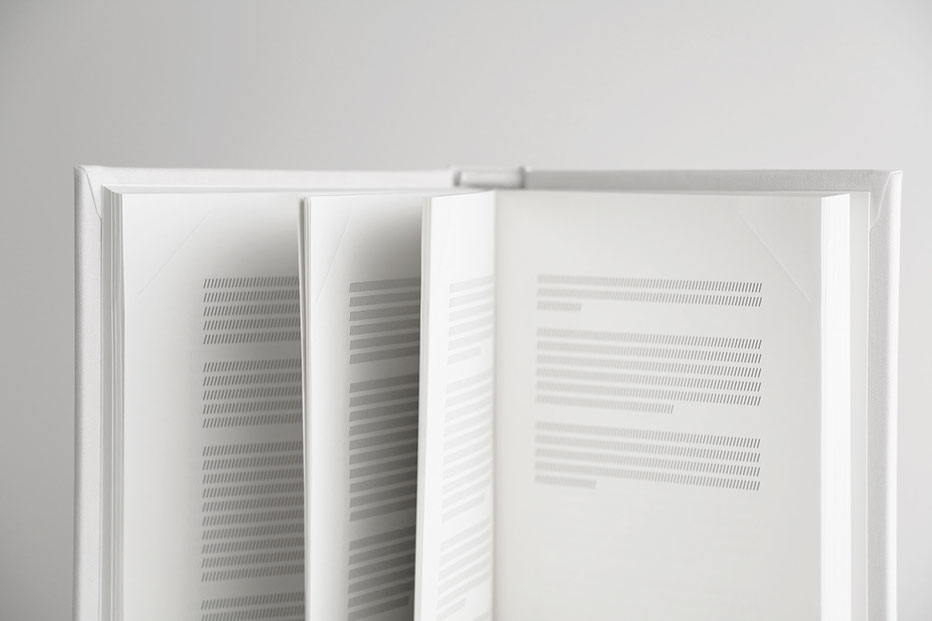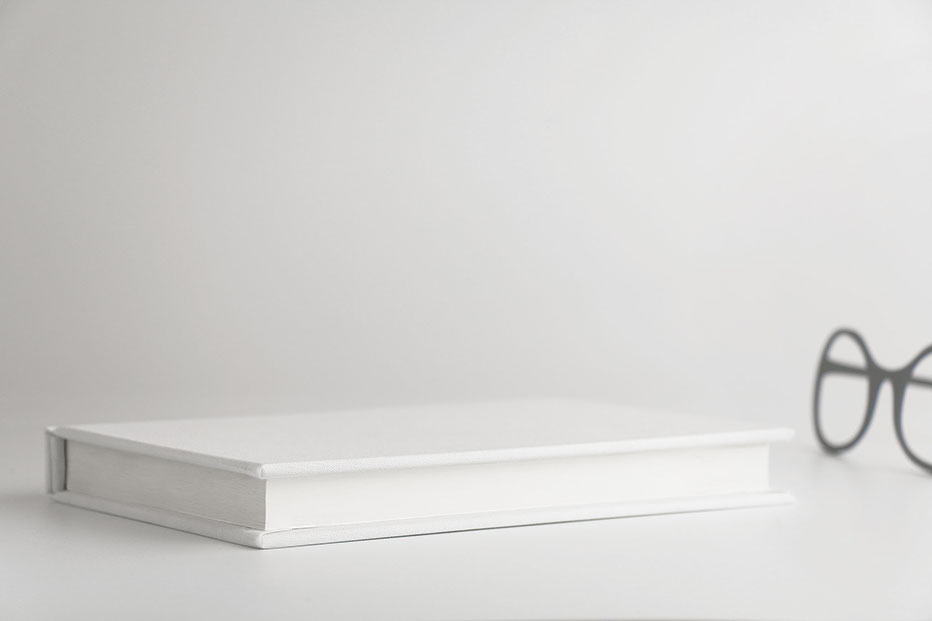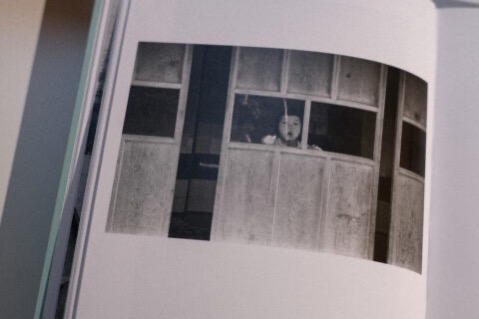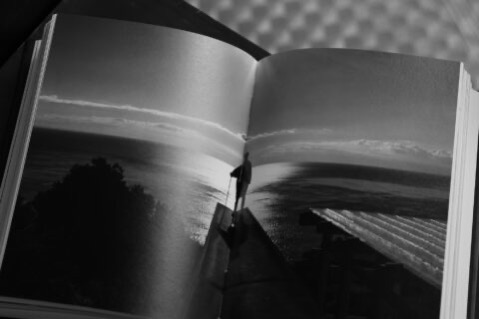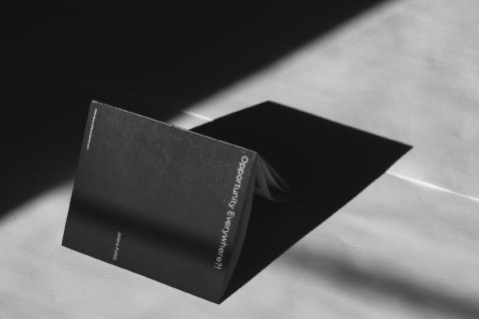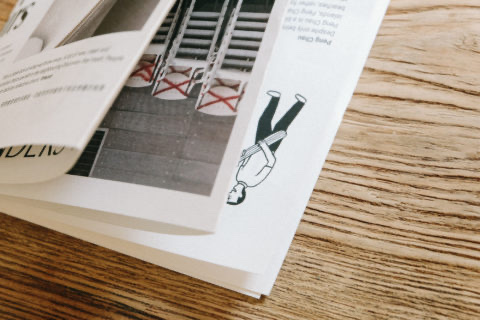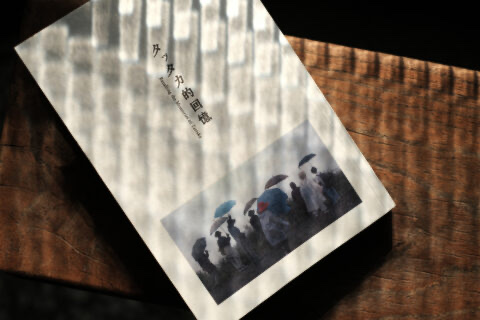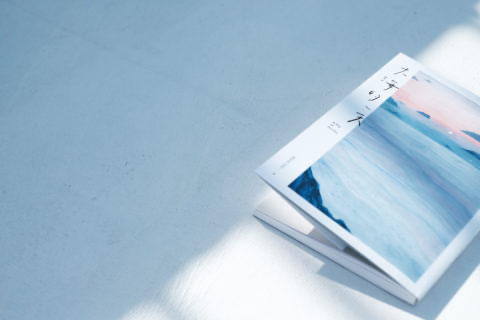
在書頁的邊角摺一摺,權充作書籤的用途,想必是許多人閱讀時的恆常動作。而大概是聯想自短耳犬摺起來的狗耳朵,在英語世界還有「dog ears」這個短語,專門用來形容書頁的折角,為這個小動作塗上一抹可愛的色彩。
不過話說回來,也並非人人都能欣賞到「狗耳朵」的可愛之處。相比起我這種豪邁型的讀者,也有一派的讀者容不得遐疵,即便手邊沒書籤可用,也萬般不願意在書頁上折角,寧願每次都從頭把書翻一遍,找出上次沒讀完的篇章。
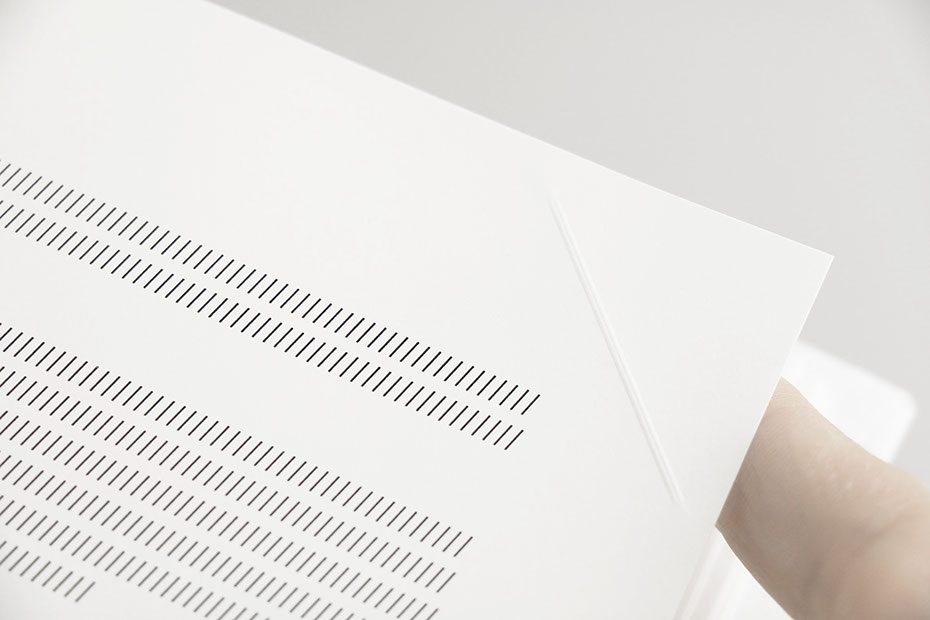
Selek Design,是一個美國俄勒岡州的產品設計團隊,擅長從生活及日常用品作為設計的切入點,每每帶來平實又聰明的好玩作品。在團隊的官方頁面裡,Selek Design提說他們注意到,不少人會無意識地把書折角作書籤;然而在同一時間,也有許多惜物的讀者不忍心在書留下折痕,於是便啟發出「Pause」這個概念設計。
作品中,團隊在每個書頁的角落,都預先留下一道折痕虛線,令讀者在每次擱下讀物時,都能整齊優雅地摺起書頁,以便再讀時能迅速找出頁面。同時間團隊在設計這道折痕時,也盡量保持外觀上的低調、不顯眼,避免造成閱讀時的干擾,以及破壞書幀設計的整體美感。
憑著這個別出心栽的意念,假如得到實現的話,那怕是再挑剔和惜物的讀者,這下也終於可以大方爽快地折角了吧?
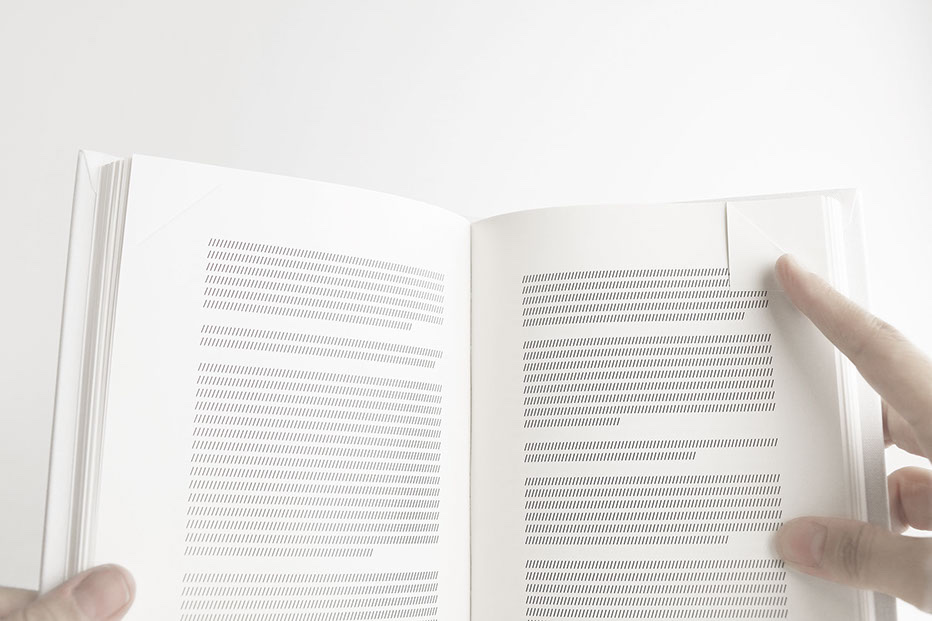
Folding the corner of a page instead of using a bookmark is a habit shared by many. This little corner is called “dog ear”, likely because of how its shape resembles how the dogs’ ears flop over. Such a name makes the fold-down even more lovable.
Regardless of its adorable look, not everyone is so fond of the dog ear. While I am a rather carefree reader myself, some prefer to have their books flawless. Even if they do not have a bookmark laying around, they would rather flip the book over again to look for the right page next time than folding a corner on the page.
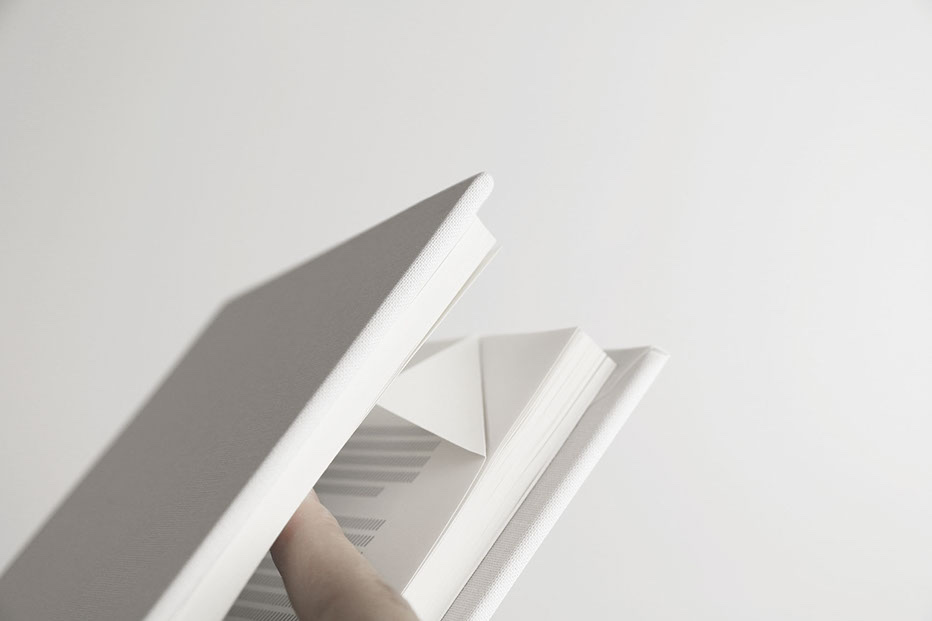
Selek Design is a product design atelier based in Oregon, USA. The team specializes in creating humble, smart and fun design for products of everyday use. The team wrote on their official page, “The fine smell of a new book with its perfect bound untouched pages might drift back to the conscious mind reminding the reader to keep the book in its original condition, yet the natural urge to fold down the corners to mark the pages silently stays there.” This observation is what inspired the conceptual design of Pause bookmark.
Every page of the work Pause is pre-marked with a folding line that allows the readers to fold precisely on the exact same spot. Not only can they easily retrieve the page they were on, the fold-down can also be neat and elegant always. When designing Pause, the team made sure to make it unobvious to avoid distracting the whole reading experience or disrupt the overall aesthetics of the book design.
If this great conceptual idea is adapted for actual publications, would it be more convincing for the most picky book lovers to enjoy the ease and joy of folding down page corners?
